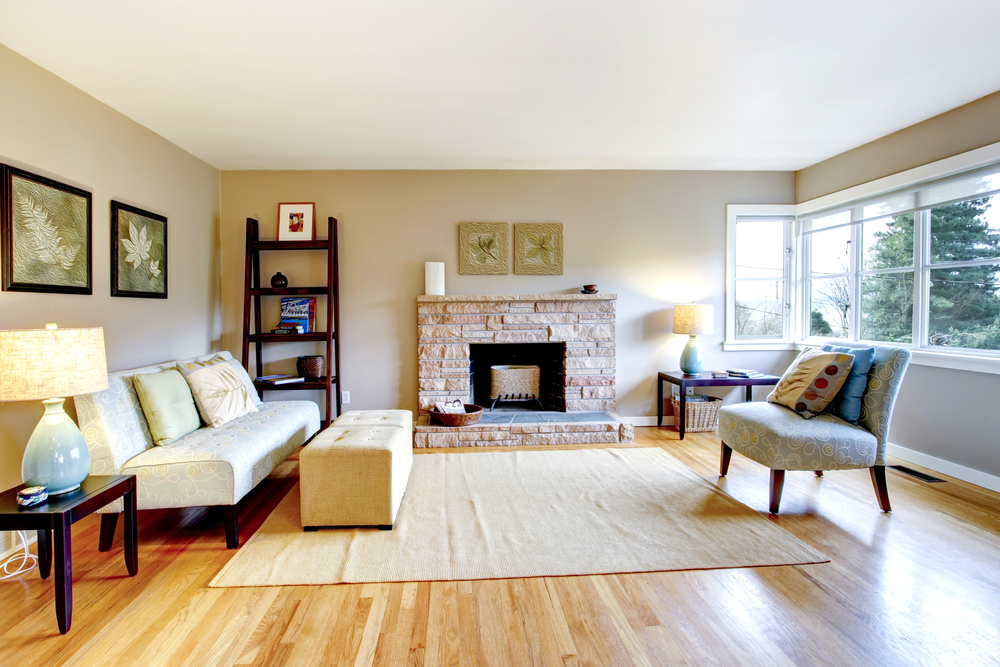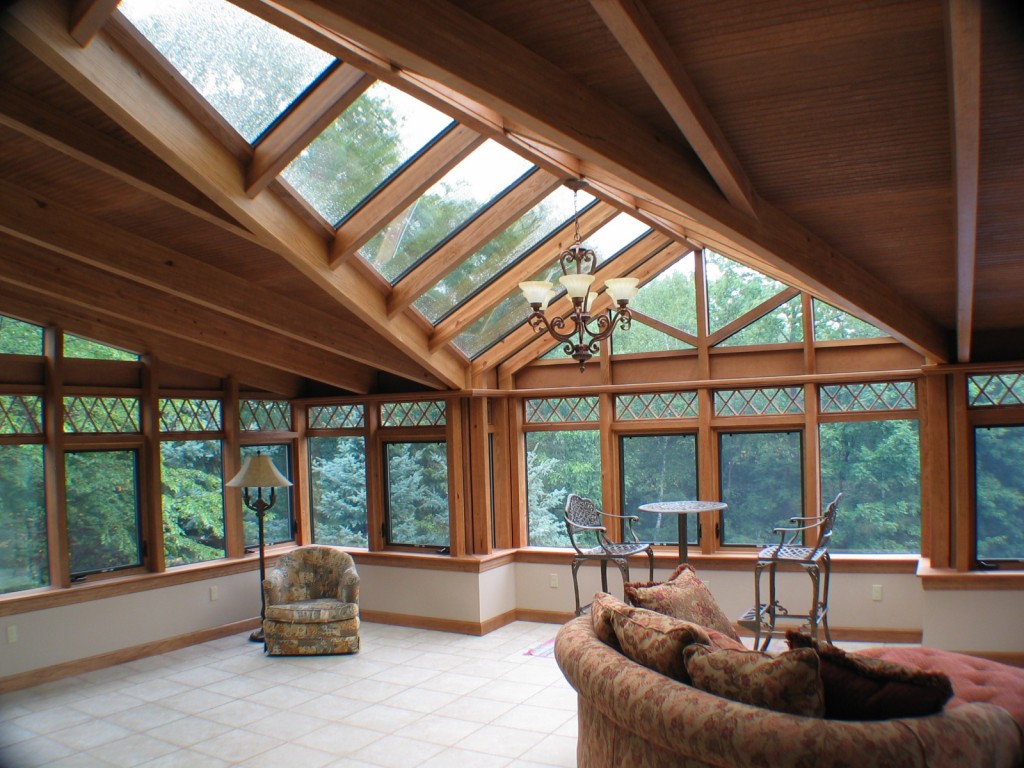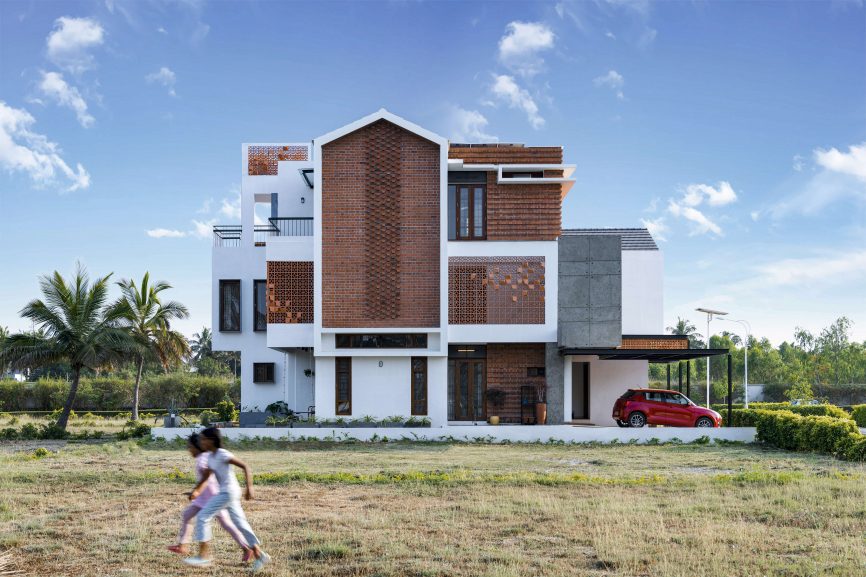Methods for Natural lighting in our buildings!
Natural lighting, also known as daylighting, is a fashion that efficiently brings natural light into your home using surface glazing (windows, skylights, etc.), thereby reducing artificial lighting conditions and saving energy. Natural lighting has been proven to increase health and comfort situations for erecting inhabitants.
Daylight is the source of salutary vitamin D which our body needs to stay healthy. A structure could be designed in such a way that there’s maximum natural light inside the house. Some of the abecedarian benefits of daylight are-
- Sun during the day helps in healing the body
- It’s good for strong bones as it contains vitamin D
- Keeps the terrain inside the house clean and affable.
- Builds good vulnerable system of the members of the family
- Daylight also keeps the happy mode on inside the house for every member of the family.
There can be various ways of modeling a house with a good amount of natural light and ventilation. Discussed below are the sources that could be used to do so-
1. Design of the house
The house could be designed by the architect in such a way that the shape and size of the windows can be defined clearly. The shading and glazing styles must be in such a way that it suits the building. The windows must be planned in such a way that there is maximum daylight inside the house.

Image Source: cloudfront.net/
2. Directions of the Windows
The placement of the windows in the house must be in such a way that natural light could comfort the house throughout the day. Windows facing north can give maximum daylight. However, the thermal heat is lost during the winters. South facing well-glazed windows can bring in a good amount of heat and be beneficial during summers and winters.

Image Source: kechdesignstudio.com/
3. Use of Glazing
Glazing is the most effective way of getting maximum natural light inside the house. Few small strip windows in the ceiling could be designed which will increase the natural light and give a trendy look to your house. Around 30 percent of the ceiling can be used for glazed windows.

Image Source: techomecontractor.com
4. Roofing Techniques
Solar panels could be installed on the roofs to generate electricity to reduce the consumption of electricity in the house. The monthly electricity bills, reduce because of such panels and it is a good option to pledge for green living. These panels absorb heat during the sun hours and store it in such a way which can be used during the night. The solar panels can also be used to generate electricity in case of power shutdowns. There could be the use of tubular Skylights. These natural light saves lots of electricity as they are installed on the roof. It absorbs the natural light and then flows in a tube and brings in natural light inside the house.

Image Source: logic-sk.com/
5. Use of Sober Colours
While getting your house painted use of sober colours helps in giving a bright look to the house. Light colours could be helpful in keeping the house cool. The trim of the windows can be painted in white which can help in giving an elegant look to the house.

Image Source: remcuaminhdang.vn/
6. Jali wall design for your home
A jali is a commonly used element of Indian architecture. Jali walls have numerous advantages over a solid wall since jali walls can be used in places where there is no need of a solid wall. From providing privacy to cooling the indoors, jalis make for a sensible design element ,particularly suited for our climatic conditions. And also saves materials and increase the speed of construction.

Image Source: architecturaldigest.in
Natural light is an essential and free resource. This resource is given less importance. However, it has maximum advantages if the house is well planned with lots of sunlight helps to keep the home environment fresh, clean and keeps the members of the family healthy.
source – Go Smart Bricks
Tags: Building orientation for daylightingDaylighting techniquesEnergy-efficient lightingGlazing styles and optionsHealth benefits of natural lightNatural light designnatural lightingSkylights and roof windowsSolar panel integrationSunlight utilizationVitamin D absorptionWindow placement for natural light







